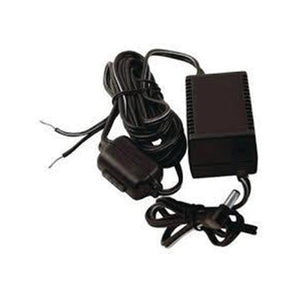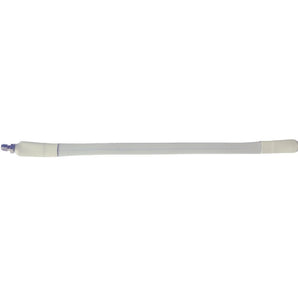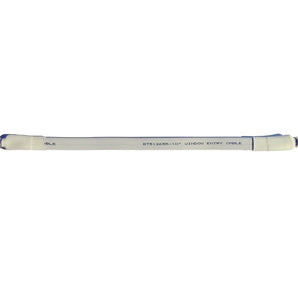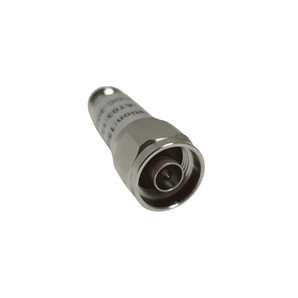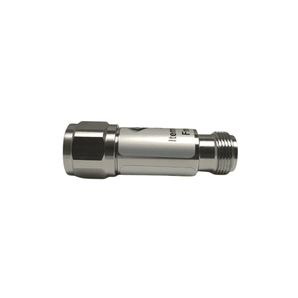LoRaWAN Explained (Full 2025 Update)
LoRaWAN (Low Range Wide Area Network) is a connection of several devices that use the LoRa protocol. It's a low-power, wide-area networking system designed to link several outlying battery-operated IoT devices to one gateway across wide distances. In other words, it links devices together and to the internet either regionally, locally, or globally.
Not sure what this all means? Don't worry, you're not alone! In this article we will sort out what LoRa "things" are, how they are linked, and what they're for.
Why Is LoRa and LoRaWAN Important?
To understand this, we need to know a bit about networks first. Anything connected to the internet, or any devices connected to each other, is part of a network. Networks can be small and private, or huge like the internet. There are two main types of networks in IT: LAN and WAN.
LAN (Local Area Network)
A LAN connects multiple devices within a limited area, often private and small, via wired or wireless connections. IoT LANs are usually Bluetooth or WiFi.
Pros
- Short-range communications
- High data-rate transmissions like streaming and gaming
Cons
- High power use due to frequent data transfer
- Short range, easily impeded
LPWAN (Long Range, Licensed)
Licensed LPWAN operates on LTE-based cellular frequencies owned by network providers like MTN, Vodacom, and Telkom, regulated by ICASA.
Pros
- Long-range communications
- Good for smart cities and high-data IoT
- Indoor and urban coverage
Cons
- High power consumption
- Monthly subscription fees
- Only works where LTE signal exists
LPWAN Unlicensed (LoRa)
Unlicensed LPWAN uses globally free frequencies. Devices can roam locally and internationally without fees.
Pros
- Range over 10 miles
- Battery life up to 10–15 years
- Low setup costs, easy to scale
- Supports roaming and firmware updates over the air (FUOTA)
- Bi-directional communication (full duplex)
Cons
- Not suited for high data-rate transmissions
LoRa vs LoRaWAN
LoRa is the radio modulation technology. LoRaWAN is the network formed when LoRa devices are connected together via gateways.
Devices connect to gateways, which link to a network server. LoRaWAN can be public, private, or hybrid.
Network Types
- Public: Connect to existing LoRaWAN networks.
- Private: Self-contained network for full control and security.
- Hybrid: Nodes connect to both private and public networks as needed.
LoRaWAN is ideal for low-power IoT devices that don't need high bandwidth. It's affordable, global, and secure.
LoRaWAN Architecture
LoRaWAN consists of three elements: nodes, gateways, and network servers. You can also integrate cloud servers like AWS.
- Nodes: Sensors monitoring location, temperature, movement, or other IoT metrics.
- Gateways: Relays that forward messages from nodes to the server. Example: Peplink routers with LoRa capability.
- Network Server: Manages the network, processes data, and allows roaming between gateways.
Node Classes
- Class A: Ultra-low power, only wakes to transmit data.
- Class B: Scheduled receive windows.
- Class C: Almost always listening, higher power consumption.
| LoRa Class A | LoRa Class B | LoRa Class C |
|---|---|---|
| Battery powered | Low latency | No latency |
| Bidirectional communications | Bidirectional with scheduled slots | Bidirectional communications |
| Small payloads, long time between transmissions | Small payloads, regular receive slots | Small payloads |
LoRaWAN Security
End-to-end AES encryption with crypto-agility, secure firmware updates (FUOTA), and robust device certification ensures security. No additional software layers are required.
Applications
- Utilities: smart meters, grids
- Agriculture: irrigation, soil moisture, livestock monitoring
- Smart cities: lighting, waste management, parking
- Industrial IoT: predictive maintenance, asset tracking
Market Trends
LoRaWAN is projected to grow from $4.8B in 2025 to $40–70B by 2032. Gateways alone may surpass $12B by 2032, with adoption strongest in Asia-Pacific and North America.
Conclusion
LoRaWAN is now a mature global IoT technology with satellite integration, strong security, flexible device classes, and billions in projected market growth. It's suitable for smart cities, agriculture, industrial IoT, and more.
Need Connectivity Solutions?
At Bolton Technical, we offer the best solutions to stay connected, from cellular signal boosters to WiFi, DAS, and IoT integrations.
Contact us


